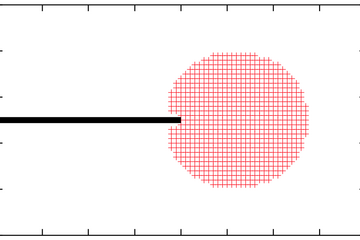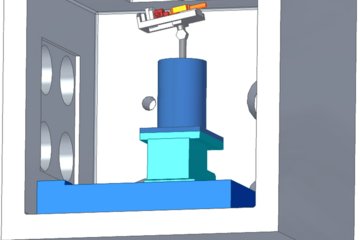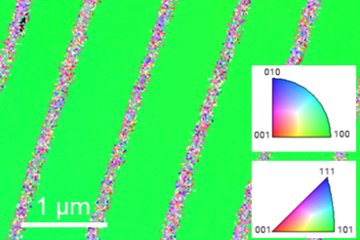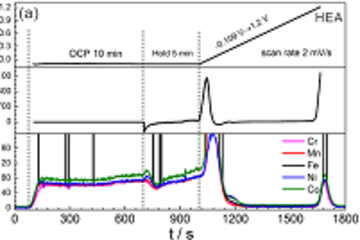All genres
141.
Talk
Fully ab initio supercell corrections for charged defects. CECAM workshop "Which Electronic Structure Method for the Study of Defects?", Lausanne, Switzerland (2009)
142.
Talk
What can EPR hyperfine parameters tell about the Si dangling bond? - A theoretical viewpoint. 1st International Workshop on the Staebler-Wronski effect, Berlin, Germany (2009)
143.
Talk
Role of the parasitic Mg3N2 phase in post-growth activation of p-doped Mg:GaN. DPG Frühjahrstagung, TU Dresden, Germany (2009)
144.
Talk
Ab-initio calculations of hyperfine parameters for various Si-dangling bond models. DPG spring meeting, TU Dresden, Germany (2009)
145.
Talk
Fully ab initio supercell corrections for charged defects. APS march meeting, Pittsburgh, PA, USA (2009)
146.
Talk
SPHInX things. Computational Materials Science Workshop, Ebernburg Castle, Germany (2008)
147.
Talk
Band dispersion effects in supercell calculations for defects. Computational Materials Science Workshop, Ebernburg Castle, Germany (2008)
148.
Talk
Numerical studies of the radial Schroedinger equation. Computational Materials Science Workshop, Ebernburg Castle, Germany (2008)
149.
Talk
Charged defects in a supercell formalism: From an empirical to a fully ab-initio treatment of finite-size effects. Spring meeting of the German Physical Society (DPG), Berlin, Germany (2008)
150.
Talk
Charged Point Defects in Semiconductors. PAW workshop 2007, Goslar, Germany (2007)
151.
Conference Report
Role of Simulations and Experiments in Analytical Field Ion Microscopy. Microscopy and Microanalysis 29 (Supplement_1), p. 602 (2023)
152.
Poster
Atomic scale investigation of the p-n Junction in CIGS based solar cells: correlation between cell efficiency and impurities. E-MRS 2014, Lille, France (2014)
153.
Poster
Ab initio EPR parameters for dangling-bond defect complexes in crystalle silion: The role of the Jahn-Teller distortion. Workshop on Advanced EPR for material and solar energy research, Berlin, Germany (2011)
154.
Poster
EPR parameters of the dangling bond defect in crystalline and amorphous silicon: A DFT-study. Euromat 2011, Montpellier, France (2011)
155.
Poster
EPR parameters of the dangling bond defect in crystalline and amorphous silicon: A DFT-study. MultiScale Modelling of Amorphous Materials: From Structure to Mechanical Properties, Dublin, Ireland (2011)
156.
Poster
Constructing optimized atomic basis-sets with PW accuracy. Psi-k Conference 2010, Berlin, Germany (2010)
157.
Poster
EPR hyperfine tensors of the dangling bond defect in crystalline and amorphous silicon. Psi-k Conference 2010, Berlin, Germany (2010)
158.
Poster
Constructing optimized atomic basis-sets with PW accuracy. Summer School: Computational Materials Science, San Sebastian, Spain (2010)
159.
Poster
Role of the parasitic Mg3N2 phase in post-groth activation of p-doped Mg:GaN. ICNS-8, Jeju Island, South Korea (2009)
160.
Poster
Role of the parasitic Mg3N2 phase in post-growth activation of p-doped Mg:GaN. CECAM Workshop 09: Which Electronic Structure Method for the Study of Defects?, CECAM-HQ-EPFL, Lausanne, Switzerland (2009)











